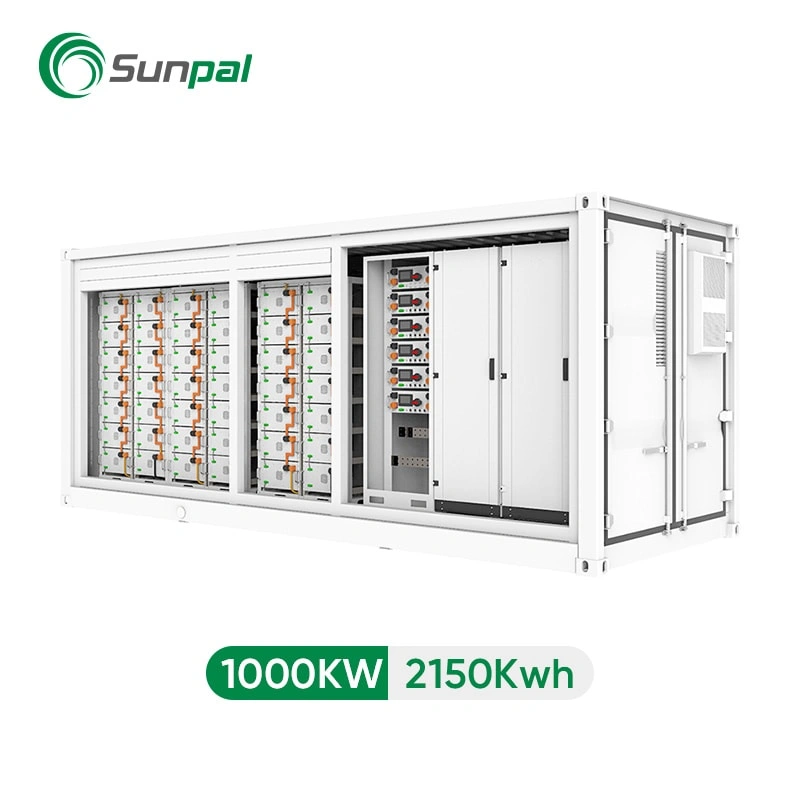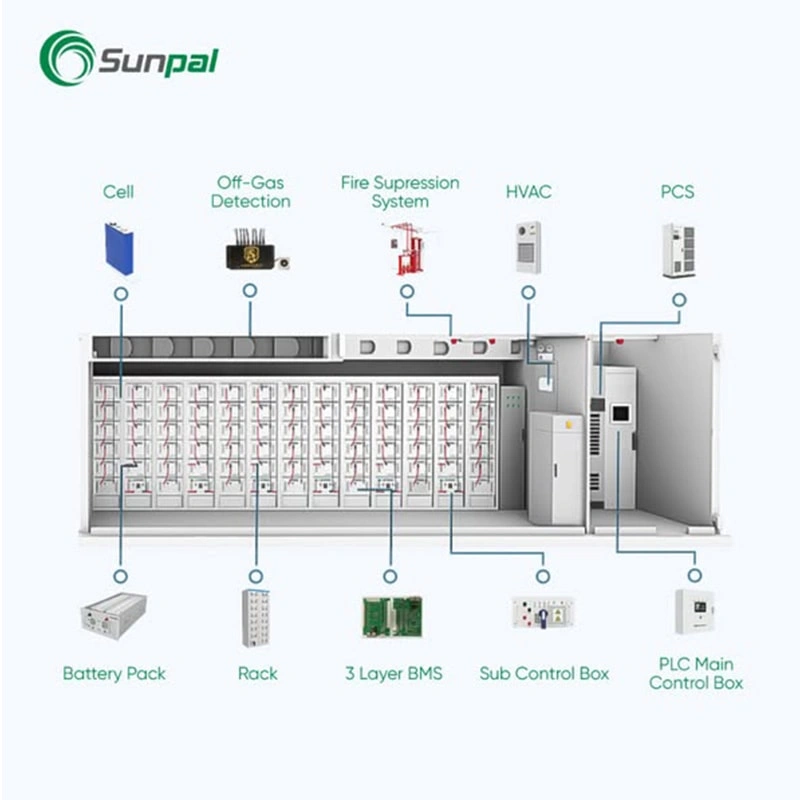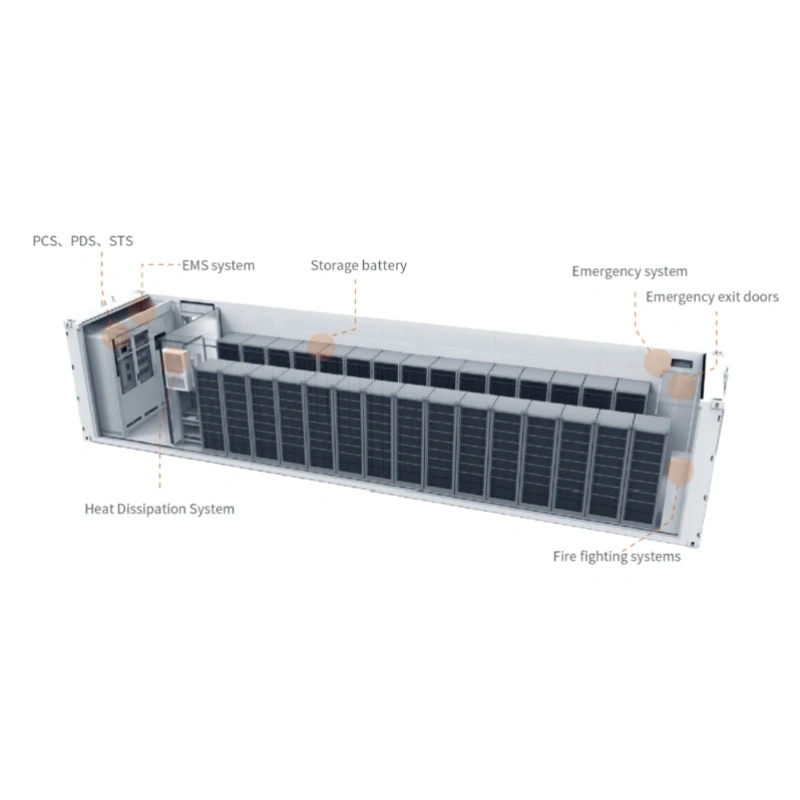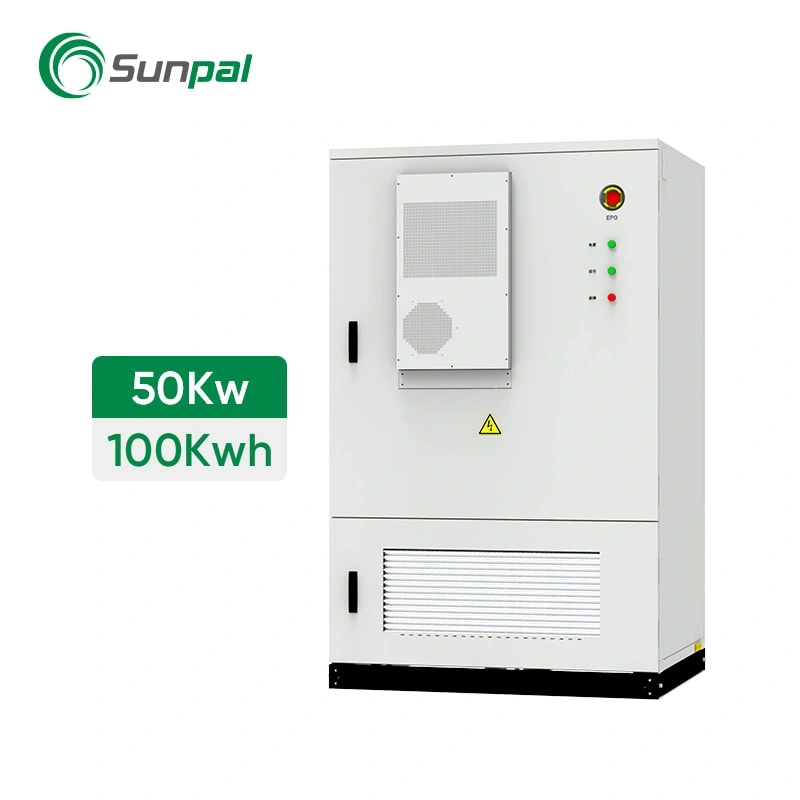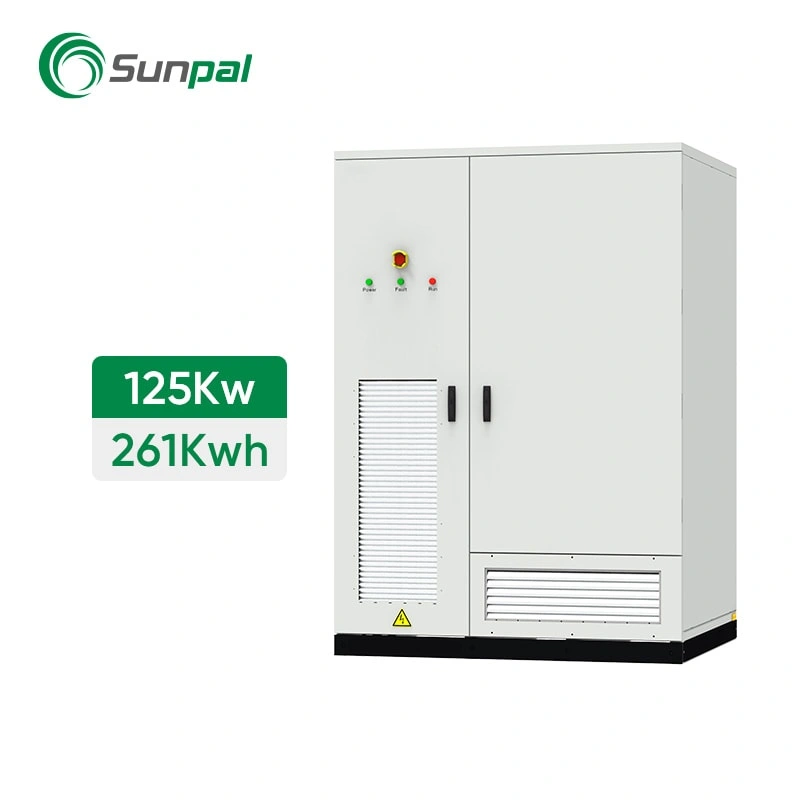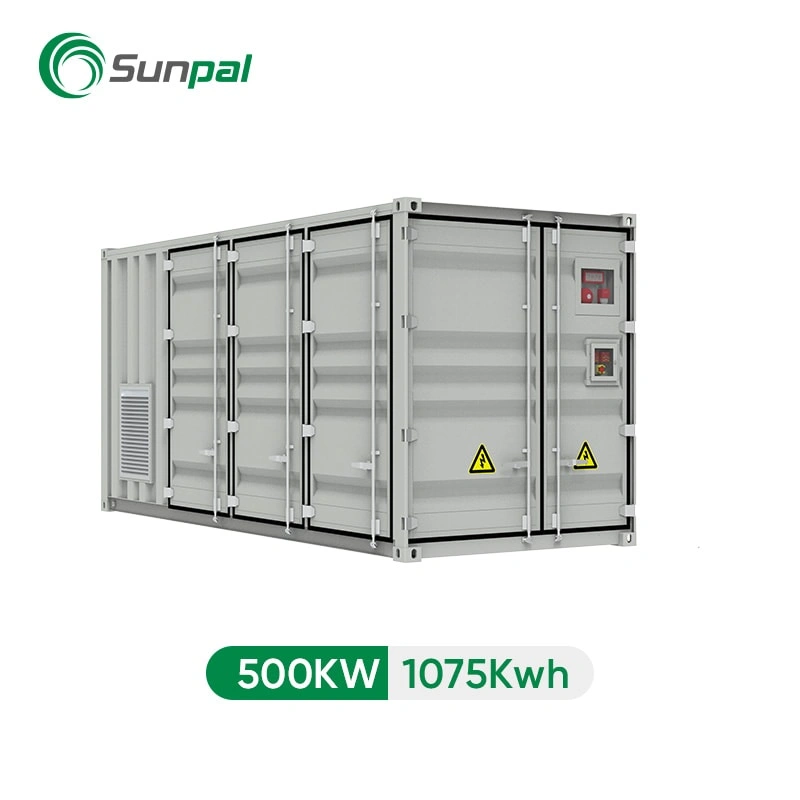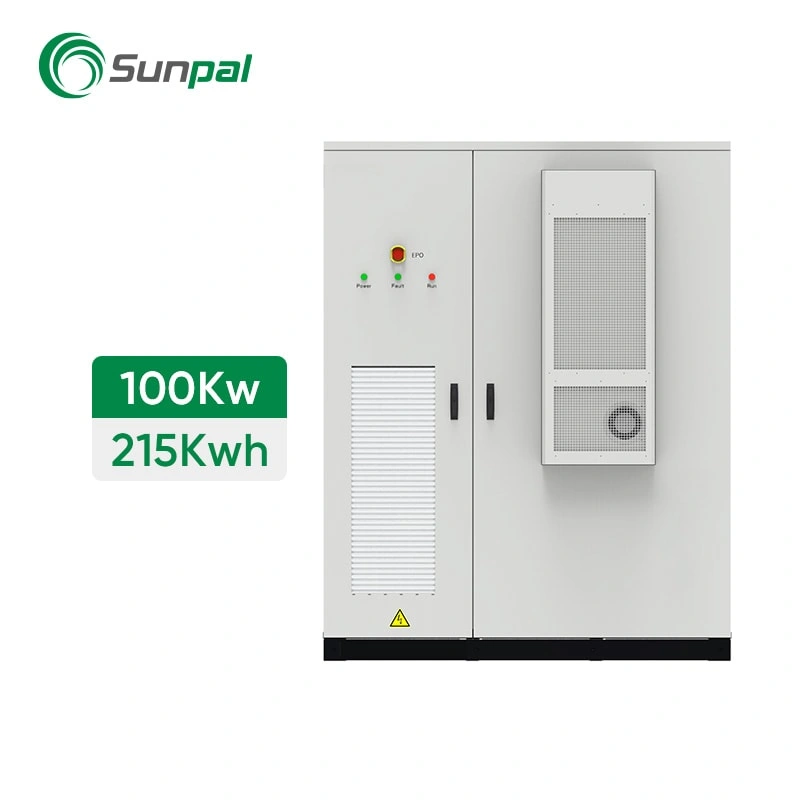A :
Safety is the foundational principle of our BESS container design. We employ a multi-layered, defense-in-depth strategy that spans prevention, early detection, active suppression, and system containment to protect your assets, ensure personnel safety, and guarantee operational reliability. Our system is engineered in strict accordance with leading international standards, including NFPA 855 (Standard for the Installation of Stationary Energy Storage Systems) and UL 9540 (Standard for Energy Storage Systems and Equipment).
Here is how our comprehensive safety system works:
1.0: Prevention: Proactive Thermal Management
The first line of defense is preventing thermal runaway before it starts.
1.01: Precision Climate Control: The container is equipped with an industrial-grade HVAC (Heating, Ventilation, and Air Conditioning) system. This system maintains a stable internal temperature and humidity, ensuring the LiFePO4 batteries operate within their optimal, safe temperature range, which maximizes both safety and battery lifespan.
1.02: Advanced Battery Management System (BMS): At the core of our system is a sophisticated BMS that continuously monitors the voltage, current, and temperature of every single battery cell. It performs real-time balancing to prevent overcharging or over-discharging and will automatically isolate any anomaly long before it can escalate into a safety risk.
2.0: Early Detection: 24/7 Intelligent Monitoring
Should an issue arise, our system is designed to detect it at the earliest possible stage.
2.01: Multi-Sensor Array: We integrate a suite of high-sensitivity detectors, including smoke detectors, thermal sensors, and off-gas sensors that can detect the specific flammable gases released during the initial phase of a battery cell failure.
2.02: Early Warning Alarms: Upon detection of any irregularity, the system immediately triggers audible and visual alarms on-site and sends instant notifications to your remote monitoring platform. This allows for rapid intervention, often resolving the issue before suppression is even needed.
3.0: Suppression: Rapid & Effective Fire Suppression
In the unlikely event of a fire, a robust, automated suppression system is activated.
Gas-Based Suppression System: The container is protected by a clean agent fire suppression system, utilizing agents like Perfluorohexane or Heptafluoropropane. These gases are highly effective at extinguishing lithium-ion battery fires by rapidly cooling and interrupting the chemical reaction, without causing damage to the electronic equipment. The system automatically floods the protected space within seconds of confirmed detection.
4.0: Containment: Structural Integrity
Robust IP54 Enclosure: The container itself is built to an IP54 rating, providing a durable, fire-resistant enclosure that helps to contain any incident and prevent it from spreading externally.
By integrating these four critical layers of safety, we provide a BESS solution that not only delivers exceptional performance and financial returns but also offers the peace of mind that comes from knowing your investment is protected by state-of-the-art safety technology.





